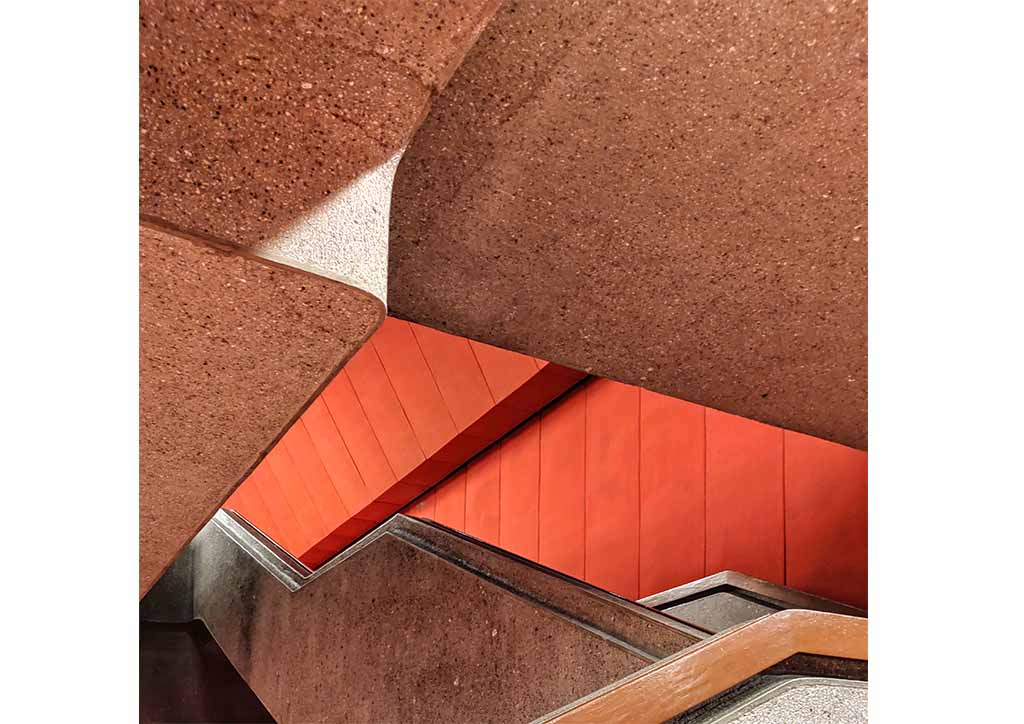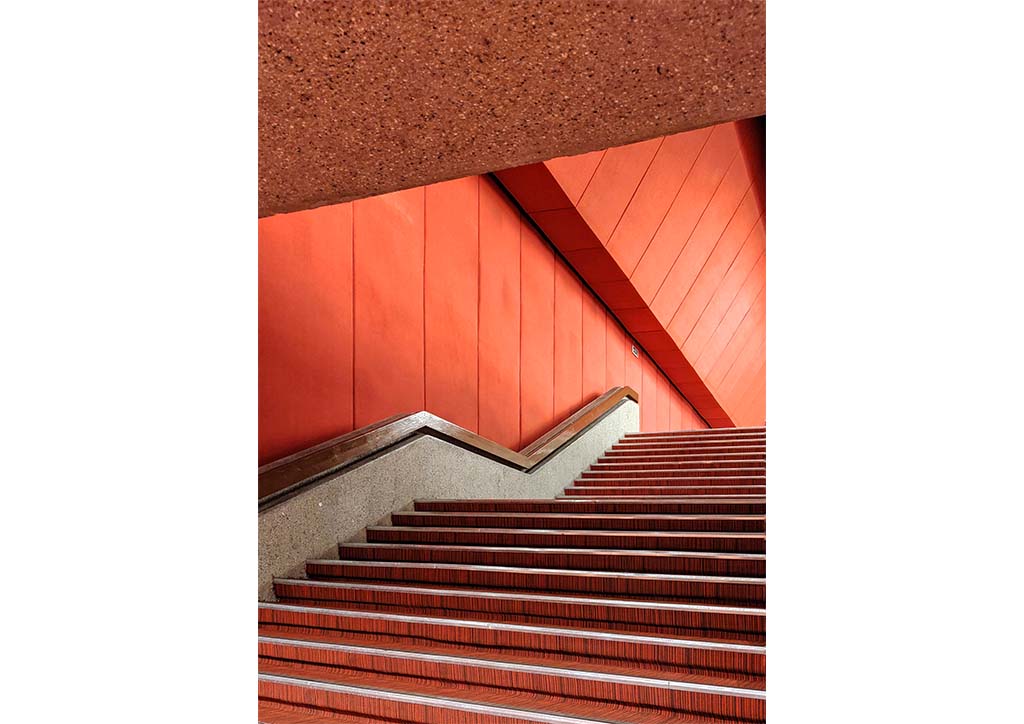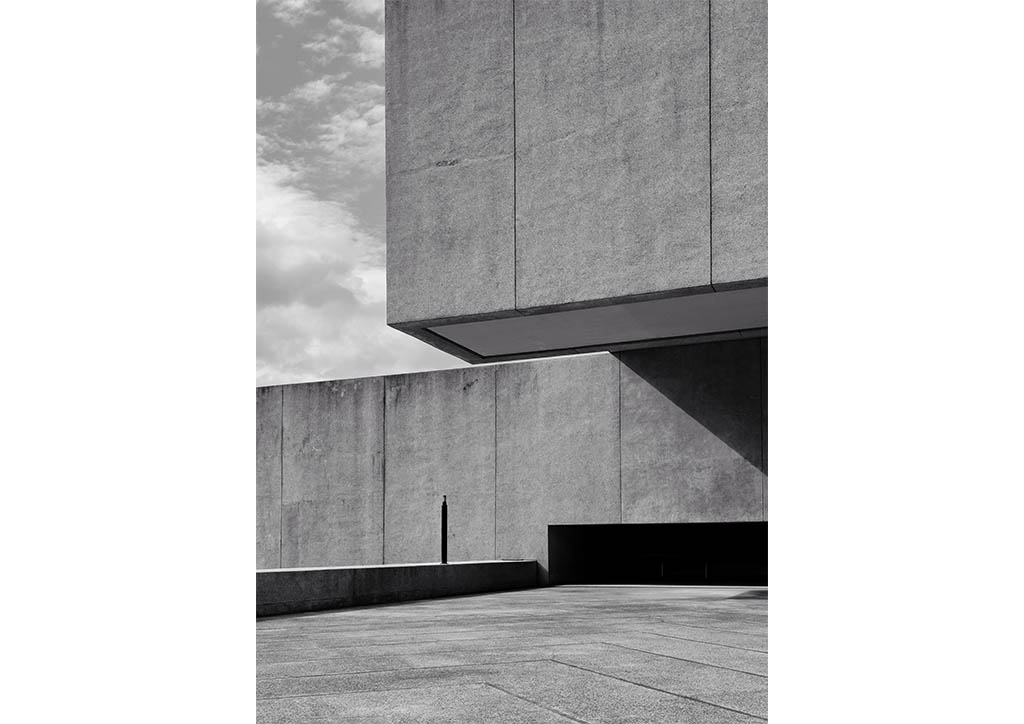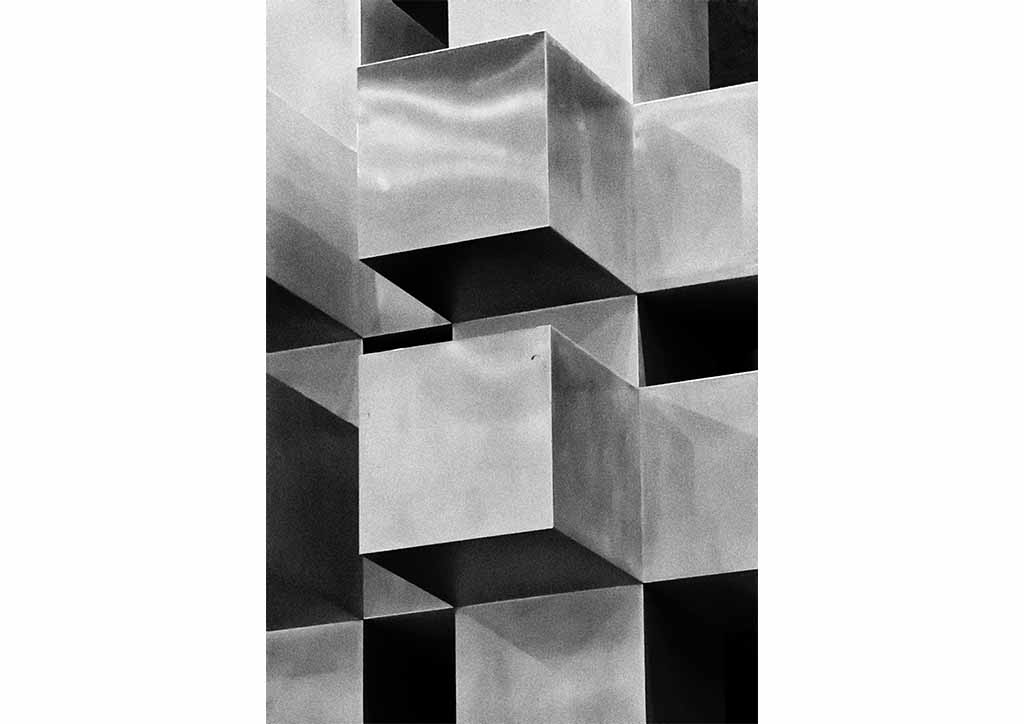History is often intertwined with larger-than-life personalities, landmark decisions, as well as significant events. But sometimes, a piece of history can also be synonymous with monumental structures that help define a nation.
The Philippine International Convention Center (PICC) is one of the most iconic pieces of architecture history in the country. Designed by National Artist for Architecture Leandro Locsin, the design of the legendary structure reflected the popular Brutalist Architecture movement of the 50s up until the 70s.
Characterized by its heavy use of bare concrete, striking visuals, and defined lines, PICC was inaugurated on September 5, 1976 to host the World Bank-International Monetary Fund annual meeting. It has since become one of Locsin’s most famous works and continues to be the premier Meetings, Incentives, Conferences and Exhibitions (MICE) venue in the country, as well as an inspiration and destination for budding architects and photographers.
Writer and Creative Director Patrick Kasingsing is the figure behind popular Instagram profile Brutalist Pilipinas, a curated online platform spearheading the revival of Brutalist architecture in the public consciousness. He had the opportunity to revisit the iconic structure sans its usual bustling crowd and events.
“It was both unnerving and refreshing to see a venue associated with crowds and activity bare and empty,” tells Kasingsing. “It’s like finally beholding a work of art (as a big fan of architect Leandro Locsin) without the distraction of crowds; a chance to intimately get to know a structure in all its physical facets, and how the architect probably beheld the structure before it opened to the public. For the first time, the stage that held the show, is the show.”


The PICC is often considered as Locsin’s magnum opus, with the state-of-the art structure acting as a pioneer for convention centers in Asia since it opened its doors to the public. The revered event venue is more than just a piece of architectural wonder, in fact, it’s also a haven for art lovers thanks to its huge collection of artworks from six National Artists inside their buildings.
The photographer shares his favorite part of the PICC, saying: “I do have a favorite area to photograph in the PICC, and that is the upper bridgeway connecting the Delegation Building with the Plenary and Reception Halls. This is where one can fully appreciate the structural acrobatics Locsin was able to execute with the littlest of design gestures. Sometimes less is more, and all the more memorable too!”



Asked about his thought process when taking pictures, the photographer shares: “Whenever I take pictures of architecture, I first walk around leisurely around my subject before I take photos of whatever catches my attention; it is imperative to get to know your architectural subject first: to formally assess its form and appreciate how it stands, how it works, how the spaces flow and connect, and how people interact with it. The angles and photos reveal themselves after you’ve thoroughly ‘conversed’ with the structure.”

Vivid showcase of concrete inside PICC.


Decades since its establishment, the PICC has been able to keep its revered status both as a historical landmark and architectural wonder. This is due to the combination of the PICC’s strenuous efforts on rehabilitation, as well as Locsin’s forward-looking creation, which surmounted architectural trends throughout the years.

One factor that makes PICC still the premier MICE venue in the Philippines is its ability to adapt throughout the years, including the “new normal” situation brought about by the COVID-19 pandemic. PICC has been implementing strict preventive measures within its premises to ensure the safety and security of all employees, clients and guests, who are required to undergo temperature scanning and footwear disinfection at entrances. Aside from the required safety and sanitation measures, PICC also upgraded its WiFi and technology capacities to address the requirements of virtual and hybrid events.


Plenary and Reception Hall Lobby.
The initial high of wandering the empty halls of an extensive amount of space such as the PICC “gave way to a bit of loneliness at the lack of people and activity,” says Kasingsing. “However, seeing and photographing all the staged sets and dressed up halls as if for an event, I am hopeful and confident that this forty-five year old institution can weather the storm we all currently face and have its doors open again to future gatherings and celebrations.”
“We are eager to welcome our clients back to PICC. The circumstances may be different, and adjustments had to be made, but we are more than ready to help our clients and the MICE industry recover,” says Atty. Renato B. Padilla, General Manager and Board Director of the PICC.













